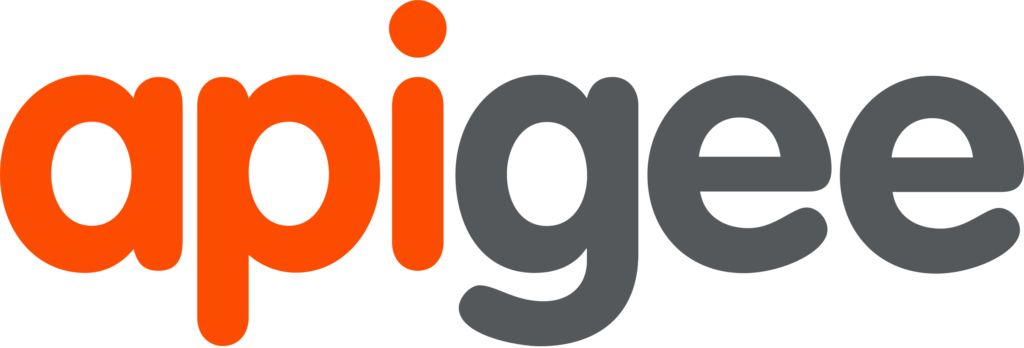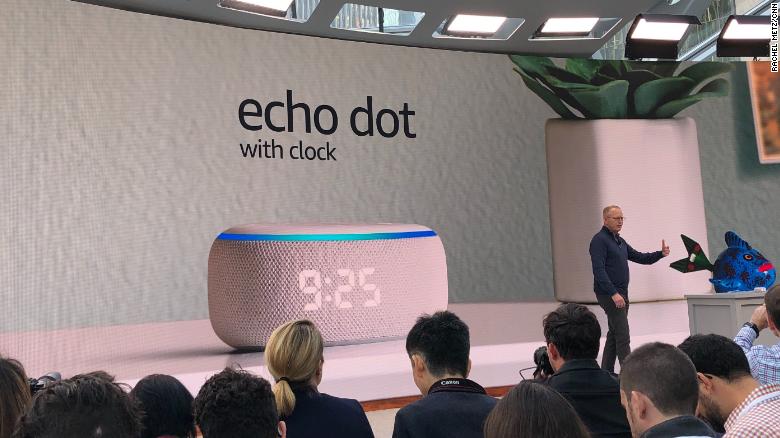How a Simple Man from Meerut Changed the Global API Landscape?
One of the leading technologies to have burst into the scene in recent years is none other than API. Over the past decade, it has proven itself to be a defining and driving force in the IT industry. The API framework allows the software to access other software to perform a particular function or collect data.
Since their inception, API has been helping scientists transform the way applications work and communicate with each other. The growth API’s fueled was so high that a single core API structure helped Twilio and Stripe reach billion-dollar valuations. These frameworks now act as the backbone for several applications we use on a daily basis. Here’s a look at a software company that used API to grow, evolve and attract the attention of some of the biggest names in the tech industry.
What Apigee Does
Apigee is a software company that focuses on providing services related to predictive and analytical functions. The company, founded by Indian origin entrepreneurs Raj Singh and Ravi Chandra relied on API to run processes and work on data. The API development done by Apigee has helped to make communication between devices easier and more efficient. The company provides services including the creation, management, and handling of API proxies. Most of Apigee’s revenues come from subscriptions who run their analytics on the API management platform and a part of it is generated via professional services rendered to customers. Some of the added premium features the company provides is the ability to monetize APIs, traffic isolation, PCI-DSS compliance, and multi-region deployment.
About the Founders
Co-founder Raj Singh is a serial entrepreneur who has a string of successful start-ups behind him. He is the brain behind the jackpot start-up Fiberlane and also the venture capitalist firm Redwood Venture Partners. Ravi Chanda meanwhile, joined Sonoa as the COO. Prior to working for Apigee, he served as the VP of Engineering at Redback, and the company’s VP of Product Management and Engineering, Kishore Seshadri and Ravi Krishna respectively, are ex-Redback employees. The team is rounded up by CTO Vikas Deolaliker, whose impressive resume includes a stint at Sun Microsystems Inc.

Raj Singh hails from Meerut, and did his Electrical Engineering from Roorkee, before joining the Navy. He worked on INS Vikrant but found the work to be boring and so left, taking up a Masters in computer science from IIT Delhi. He followed this up by joining the University of Minnesota for an MS in computer science. Between 1981 and 1995 Raj worked for CDC, National Semiconductors, Trilogy Systems, Cirrus Logic, and Inter HDL. Then he ventured into his first startup Advancel Logic, which later became Fiberlane and Stratum One.
Raj’s Multiple Efforts
Singh led InterHDL, which worked on EDA tools for chip design, and sold it to Avant. Next, he found, Advancel Logic which went with Noise Cancellation Technologies. Raj Singh founded Fiberlane in 1996, which he then split into three parts; Cerent, Siara, and Cyras. Out of these, he sold Cerent to Cisco for $7 billion, Siara, meanwhile went to Redback for $4 billion, Cyras was taken up by the Ciena Corp. for $2 billion. He then left the company to form StratumOne, a company that built semi-conductor chips. This company as well went away to Cisco, and we are only half-way done at this point!
Following this, he created Roshnee, which split in two pieces: Inara Networks and Optovation. He then switched over to Corona Networks and worked as a CEO there before leaving to reenter the chip market. Singh and Raj Parekh took over RealChip, and steered it towards success, before unloading and moving on with other interests.
Founding Apigee
The company started out as an XML processing software-based company, working on semiconductors. The markup language was an industry favorite when it comes to operations such as transaction processing. Furthermore, most router companies used XML to switch and route traffic on their systems, in place of Ethernet and Internet Protocol.
Accelerator microchips were adept at language processing help in processing XML and HTML. Some of the early players in this field were Xambala and XaQti. It is interesting to note that Singh was an investor in Xambala, way back in 2001, indicating how interested he is in the industry. Though Sonoa started out with building such chips and engaging in research in this field, it soon changed verticals.
Sonoa Systems began as a project in Santa Clara, California, in 2004. Two years later, the company brought in Chet Kapoor to run its operations as CEO. Though initially, the company worked on creating routers for SOA governance, their priorities quickly changed. Soon enough, the company branched into cloud computing and building application platforms.
They launched a Beta version of Apigee in 2009 giving users a platform to runs their analytics. A year later, the company switched names Apigee and began functioning as an API Management platform. Soon enough the initial application came out with several premium featured added to it.
Success and Subsequent IPO
The platform was an instant success, and soon enough attracted big-shots such as Netflix and Walgreens. In 2012 Apigee acquired Usergrid which works on Mobile API applications, and in 2014, they acquired InsightsOne, which primarily works on Predictive Analysis. The company went public in 2015, raising $87 million via its IPO on NASDAQ. Apigee along with SmartBear and IBM, after receiving backing by Linux, founded the OpenAPI initiative. In September 2016 Google acquired Apigee for $625 million in 2016, owing to the phenomenal work they were doing in the API market.
Apigee grew in a stellar fashion with several high-profile clients including 20 of the Fortune 100 companies. They have a presence in over 30 countries, making over $52.7 million in 2014. The company initially raised $173 million with the help of investors like Vilicus Ventures and Juniper Networks. The IPO gifted them another $87 million, by selling 5.1 million shares at $17 per share at a valuation of $409 million.
This stellar growth and acquisition prove how the entrepreneurial spirit thrives in spite of everything. A simple man from Meerut changed the face of the chip industry, and the world is better due to it. It will be interesting to see what Raj has up his sleeves next!

Being a cinephile with a love for all things outdoorsy, Athulya never misses a chance to chase inspiring stories or poke fun at things, even when the subject is herself. Currently pursuing a degree in mechanical engineering, she is someone innately interested in technical and scientific research. Music reviews and op-eds define her as they allow her to explore different perspectives. Though sometimes she thinks she makes more sense playing the guitar than she does while writing.






